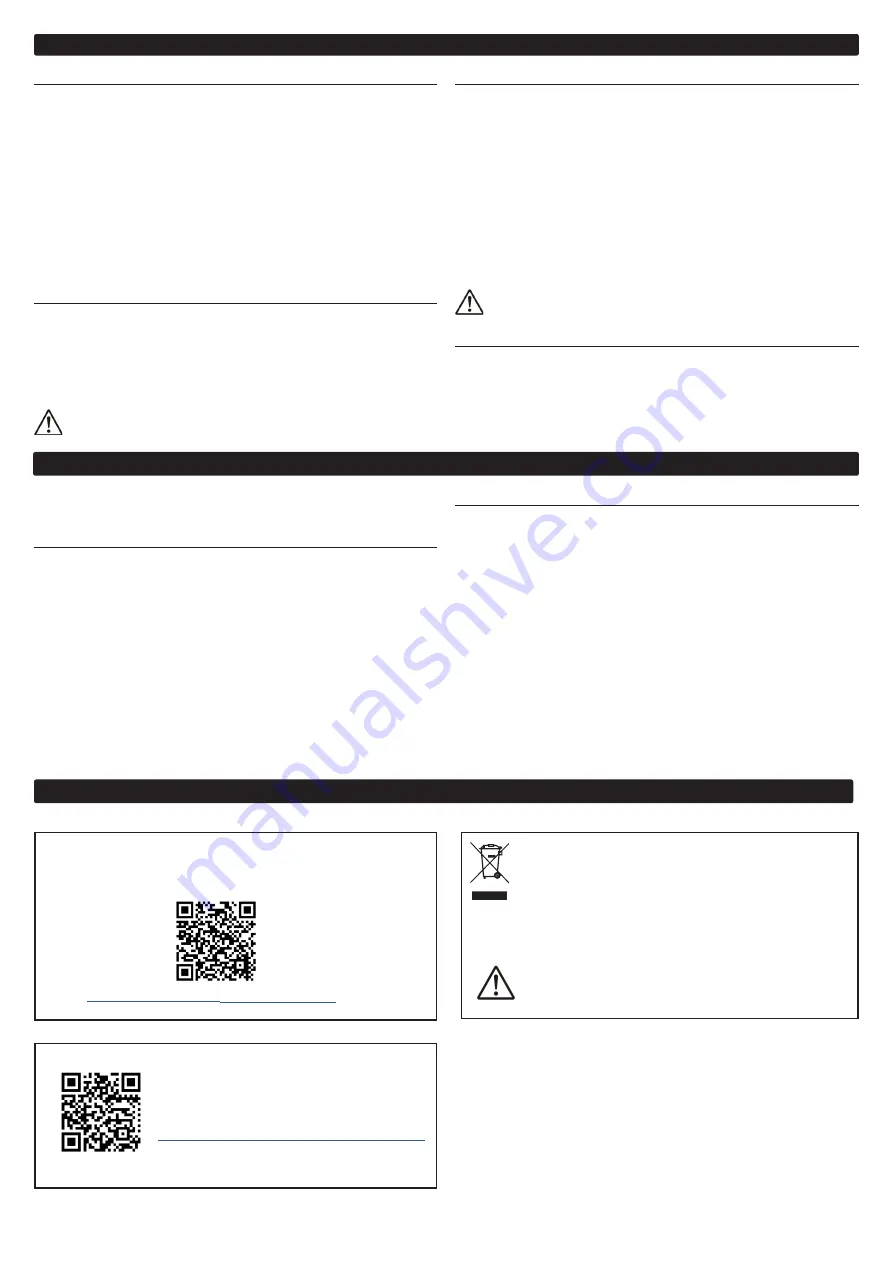
Taking a reading
Before taking a reading clean the prism surface thoroughly using a
suitable solvent, eg water or methyl alcohol depending on the sample
being measured.
1. Fill the prism dish
2. Press READ (the display will clear)
3. A few seconds later the reading will be displayed
After a measurement has been taken the sample should be removed and
the prism cleaned
Changing the measurement scale
(A > B > C)
The refractometer has three measurement scales. The selected scale will
be indicated by an arrow on the display. To change the scale:
1. Press and HOLD the ZERO key
2. Within 3 seconds PRESS and RELEASE the READ key to toggle to the
next scale
Changing scale requires the ZERO key to be held. Holding the ZERO key for longer than
specified will cause a zero calibration to be performed.
Zero calibration
The zero calibration is essential to ensure accurate readings. A zero
calibration should be carried out daily.
Use distilled water if possible. Should tap water be used please be aware
that subsequent measurement accuracy may vary depending upon the
purity of the tap water.
1. Clean and dry the prism
2. Fill the sample dish with water
3. Allow sufficient time for temperature stabilisation (typically 10
seconds)
4. Press and HOLD the ZERO key for 4 seconds
5. The display will show “
ooo
” as the calibration starts
6. When complete the display will show “
000
”
Remember to hold the ZERO key for
4 seconds when calibrating with water.
Displaying the temperature
The refractometer can display the temperature of the last reading:
1. Quickly press & RELEASE the ZERO key
2. The temperature will be displayed in the configured unit
NOTE: If a reading has not be taken the display will show “
--.-C
”
(or °F if selected)
User operation
The refractometer has a number of special features that allow the user to
configure and verify the way the instrument operates.
Verifying the instrument using a sucrose solution
The measurement performance of the refractometer may be verified using
a sucrose solution (weight/weight) of known concentration using the Brix
scale with ATC (Scale 01):
1. Perform a zero calibration
2. Fill the prism dish with the sample
3. Allow sufficient time for temperature stabilisation (typically 10 seconds)
4. Press READ
5. The refractometer may be considered to be performing correctly if the
reading is equal to the concentration of the sucrose solution ±0.2 °Brix
(or equivalent for non-Brix scales)
NOTE: If the instrument is found to be out of specification, repeat the test
and if necessary contact the manufacturer for further advice.
Verifying the instrument using the “AG Test Mode”
As an alternative to using a sucrose based solution of limited shelf life, the
refractometer may be verified using a convenient “long-life” AG Fluid.
However, as the AG Fluid is not sucrose based, it cannot be corrected for
temperature using ICUMSA (sucrose) compensation, so the refractometer
incorporates a special “Test Mode” to facilitate the use of the AG Fluids as
follows:
1. Perform a zero calibration
2. Access the Special Features menu
3. Press the READ key (“
-AGt-
“ flashes)
4. Fill the prism dish with the AG Fluid
5. Allow sufficient time for temperature stabilisation (typically 10 seconds)
6. Press READ (the instrument will alternate between the result and “
-AGt-
“ to indicate that it is in the AG Test Mode
7. The refractometer may be considered to be performing correctly if the
reading is equal to the concentration of the AG Fluid ±0.2 °Brix
8. Turn OFF the instrument to EXIT the Test Mode
Verify performance
Additional information
This symbol is an internationally agreed indicator
that the product bearing it should not be disposed
of as general waste or garbage which might end
up in landfill sites, but should instead be sent
for special processing and/or recycling in those
countries where appropriate legislation and facilities
are in place.
This symbol indicates a caution or warning, please
refer to the manual.
Instructions / Mode d’emploi / Anleitung /
Instrucciones / Istruzione:
www.bellinghamandstanley.com/en/home/OPTi-UG
For calculation of ABV of finished wine, beer and cider using a
refractometer and hydrometer, please use our ABV Calculator:
www.bellinghamandstanley.com/en
/customer-support/calculators






